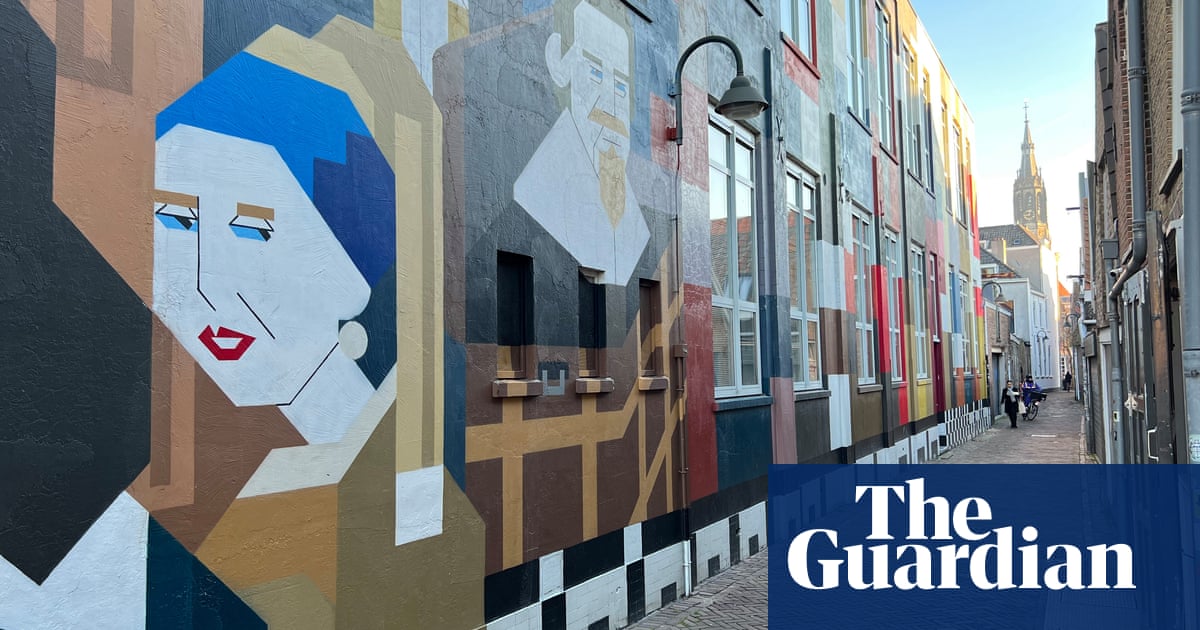Tuesday, February 14, 2023
A world of wonders and catastrophes: discovering Vermeer and his hometown
As the biggest ever show of the artist’s work is unveiled in Amsterdam, we retrace the enigmatic painter’s footsteps in Delft and also The Hague
Dodging the oncoming bikes, I climb a low mound a few feet above water level and look across at the city. It is a clear evening: the horizon holds a delicate tang of orange that ascends, becoming royal blue, then indigo. In front of me is a quay where a few boats are moored; beyond that, an expanse of water, and then the city itself, a smudge of bare trees, steep gables and church spires. It’s pleasant, but scarcely dramatic, and yet I think that this view changed the way my brain is wired. In about 1660 an artist came down here and painted what he saw. Johannes Vermeer was not a famous man then, nor would he be for more than 200 years, but that picture, View of Delft, would prove pivotal in art history.
Delft is a small Dutch city of about 100,000 people, just 40 miles south-west of Amsterdam. It was carved out of low-lying land in the 13th century, then grew into a centre for printing, pottery and, by the early 17th century, fine art. Perhaps it was the light that inspired the painters: those big northern skies reflected in the canals and the contrasting shady interiors filled with men in black hats and women with pale, enigmatic faces. Continue reading...
